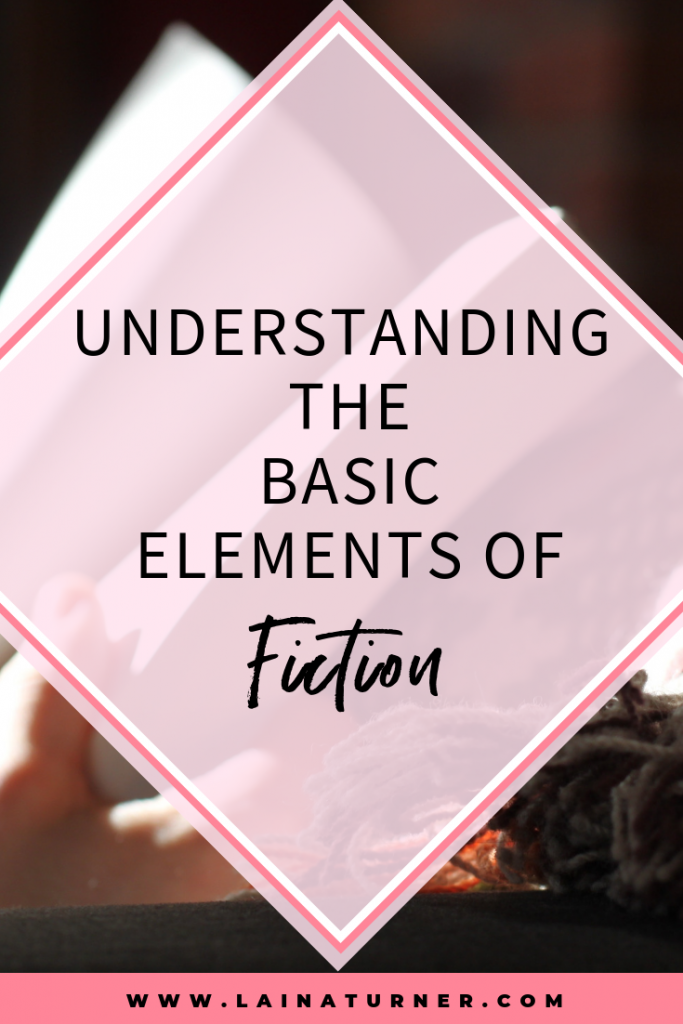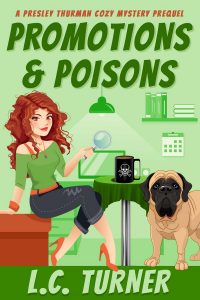Understanding the Basic Elements of Fiction
Understanding the Basic Elements of Fiction and keep it simple stupid.
I’m a firm believer in keeping things as simple as possible. As a novelist, it’s easy to get sidetracked from the basic elements of fiction. These are the elements which create a great story and have proven to work over the years.
Getting away from what works often causes problems. #writerproblems
Do you have writer problems?
- Do you ever get stuck on what to write next?
- You're not sure how to start your next chapter?
- You find your middle is lagging and boring?
- You're out of ideas on how to connect the dots between one subplot and another?
- These are all common ailments of an author.
When this happens, and it does to all authors at some point, you need to stop, take a deep breath, and refocus.

Don’t let the character voices in your head get to you. You might need to put your foot down and remind them they obey you not the other way around.
It’s always a good idea for even the best writer to revisit the basics of fiction once in a while. You might be thinking but I’ve already written a book, or 5, isn’t this wasting time? I know the basics!
Do you think Michael Jordan stop revisiting the basics once he became awesome?
No. He kept at it trying to get better and better and look what it did for him. He got cut from his high school basketball team and still went on to be the best basketball player of all time.
I’m not a sports fan, but I love this quote.
“The minute you get away from fundamentals – whether it’s proper technique, work ethic or mental preparation – the bottom can fall out of your game, your schoolwork, your job, whatever you’re doing.” – Michael Jordan
Never move away from the basics. They are the basics because they work. Awesome careers are built on the basics.
There are several different ways to approach writing while sticking to those basic elements of fiction. And no one way is better. You need to find what works for you and your story.
I like simple. I’m no Tom Clancy or a Steig Larsson with tons of complexity to my stories. I rarely write from a strict outline when I’m writing fiction (which isn’t a good idea but more about that in another post). But I keep in mind that each chapter needs to have a setup, a rising stake, and a resolution.
Although the resolution may not be completely apparent to the reader until the start of the following chapter. You want to leave them wanting more and keep them turning the page.
There have been several times where I haven't been happy with a draft of a book, and when I reviewed it to make sure I had the basic set up, rising stake, and resolution, it was easy to spot where I went wrong.
Which I know can sound crazy. It’s 3 elements, not 150 but when my mind is churning out ideas one right after another, I can’t help it. I get off track because I have so many great ideas that I’m trying to get down on paper. They get all jumbled up and there isn’t a fluid movement within the chapters and between them.
Hence why I need to outline more. Save yourself frustration authors.
Do as I say not as I do and OUTLINE.
In a book, there is the main beginning, a middle, and an end. And then all the smaller subplots within the overall plot. There is a lot going on in a book, and it can be hard to keep it all straight.
When you start a book, you usually know the main story structure. If not make sure to plan that out first.
It’s the subplots that can get you easily off track because you weave them in and out of your main plot. Sticking with the basic elements of fiction can make your life so much easier when it comes to staying on track to your plot.
My method is super technical. I use post-it notes to keep my thoughts straight. I go to this spot in my house where it’s blank (which is almost any spot - we moved in 2 years ago, and I still haven’t gotten around to decorating) and I write down my plot idea and stick it on the wall. I keep this up, posting them in a horizontal line to keep them neat until I’ve exhausted all my ideas.
Once I have all the main ideas for the particular book I’m working on out of my head I get a different color post-it pad (this step is very important). Under each main idea, I write down the small parts that will make up this main idea. Then put them on the wall in a vertical column under the main idea. It gives me the working pieces of each of my ideas and Voila each vertical column is a loose scene outline.
It’s not a fancy method, but it works.
It gets the ideas out of my head in a somewhat orderly fashion. I then take a picture of the post-its so I can refer to them when I get stuck. I’d leave them up, but my kids think its fun to move them around and make me feel like I’m going insane.
While this is my method, and I've used it for years, I love to hear what other people do. So please share in the comments.


